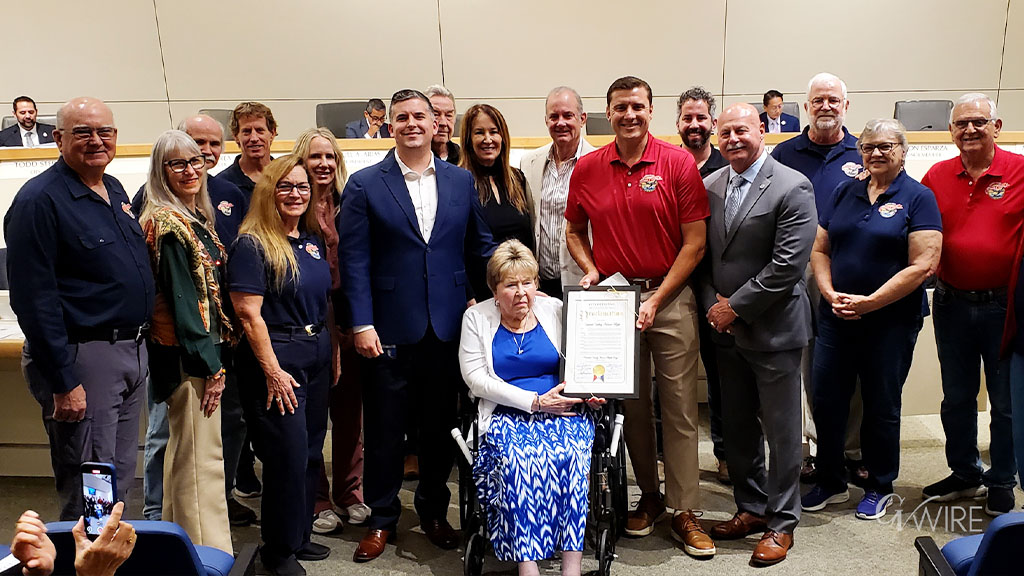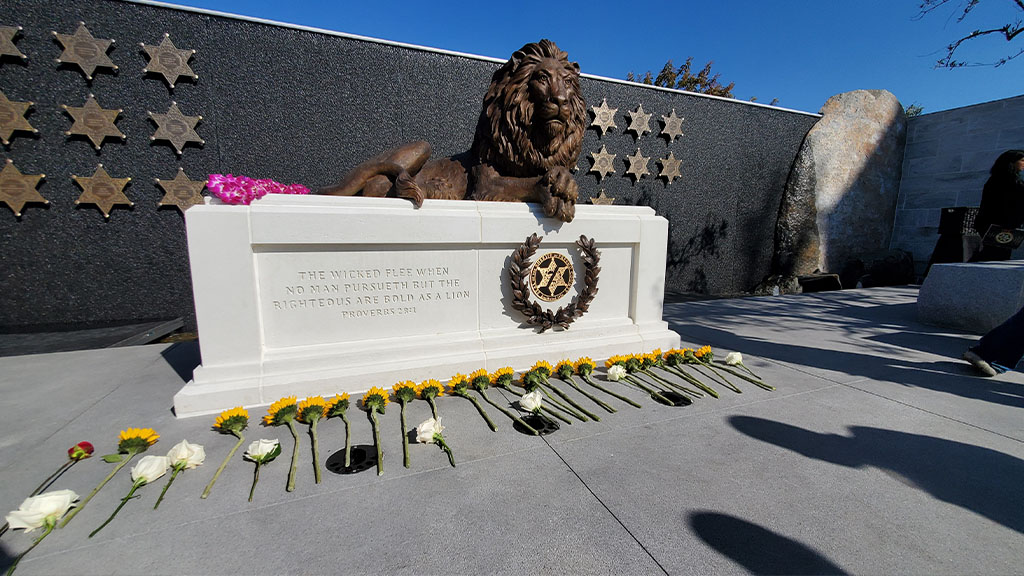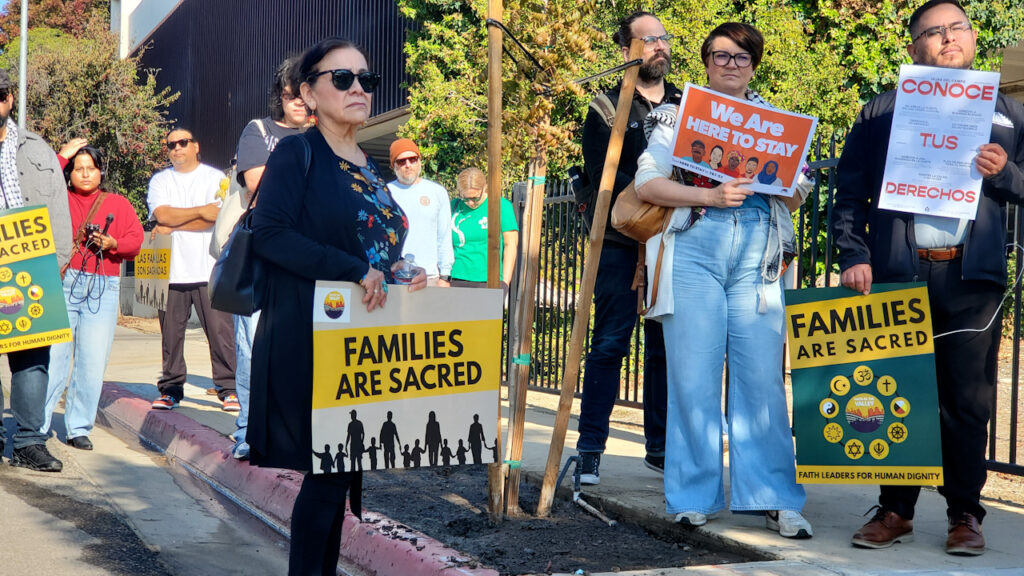FILE — Tom’s Restaurant, on the ground floor of Columbia University's Armstrong Hall at Broadway and West 112th Street in Manhattan, Oct. 24, 2018. The NASA Goddard Institute for Space Studies sits above Tom’s Restaurant, the famous diner from “Seinfeld.” (Tony Cenicola/The New York Times)

- Trump administration's rushed cost-cutting measures displace NASA climate scientists with no actual taxpayer savings.
- The building that housed foundational climate research for decades will be vacated while government still pays the $3 million rent.
- Scientists pack up decades of research while uncertain where they'll continue their work on Earth's climate and other planets.
Share
NEW YORK — Upstairs from the diner made famous by “Seinfeld,” teams of NASA scientists have spent nearly six decades expanding human knowledge about Earth’s climate and the atmospheres of other planets.
But now, those researchers are about to be displaced to an uncertain future.
NASA has told the more than 100 people who work at its Goddard Institute for Space Studies that they have to leave Armstrong Hall, a Columbia University-owned building at Broadway and West 112th Street, by the end of May.
The building is better known to TV viewers as the home of Tom’s Restaurant, the diner whose facade appears in “Seinfeld” episodes, and to Gen Xers as the place that inspired Suzanne Vega’s 1980s song, “Tom’s Diner.”
A Legacy of Space Research Disrupted
The move, NASA says, is part of a Trump administration cost-cutting push, but it appears unlikely to save money. In fact, it may wind up costing taxpayers more.
While NASA says it has canceled the lease, it actually remains in effect, because the lease is between Columbia and a different federal agency. So the annual rent of $3 million is still due, whether the scientists are there or not, according to a Columbia official with knowledge of the situation who spoke on the condition of anonymity to describe internal matters. That means that there is no cost savings to the government for vacating the offices — only disruption, at least for now.
“There is no logic behind this,” said Kostas Tsigaridis, a research scientist at the institute and at Columbia.
The move appears to be another instance of the chaos and confusion wrought by the Trump administration’s frenzied quest to cut government spending.
NASA first moved into Armstrong Hall in 1966, as part of an effort to encourage collaboration on space research between its scientists and researchers at universities in New York.
The work there proved foundational. The institute’s former director, James Hansen, was the first scientist to sound the alarm to Congress, in 1988, about greenhouse gases that were warming Earth. Its researchers were involved with robotic spacecraft missions to Venus and Jupiter. The climate model it runs predicts how Earth’s climate is changing and examines prospects for human habitation on Mars and other planets.
Cost-Cutting Measures That Don’t Cut Costs
But in mid-April, President Donald Trump signed an executive order calling for a reexamination of all leased federal office space, particularly in urban centers, to save taxpayer money. The so-called Department of Government Efficiency also began examining NASA’s spending, gaining access to its data systems.
On April 24, NASA informed scientists working at the institute that its lease at Armstrong Hall was canceled.
Where would the scientists go? No one knew.
Bethany Stevens, NASA press secretary, said in an email that the lease cancellation is “part of the administration’s government-wide review of leases to increase efficiency.”
“Over the next several months, employees will be placed on temporary remote work agreements while NASA seeks and evaluates options for a new space,” she wrote.
But while NASA considers the lease canceled, Columbia does not.
The lease for 43,000 square feet of office space is between Columbia and the General Services Administration, the agency that provides space for federal workers, a government database shows. It runs through August 2031. Columbia says the General Services Administration continues to pay the rent.
Columbia is now searching for new space for the scientists who work at the institute, many of whom also teach at the university.
“Columbia is fully committed to our long-standing collaboration with NASA and the scientific research at the Goddard Institute for Space Studies,” said Millie Wert, a Columbia spokesperson.
General Services officials did not respond to messages seeking comment.
Scientists Face Uncertain Future
The closure of the institute’s longtime home comes as another blow to the morale of Columbia-based scientists, who have watched funding evaporate for hundreds of federal grants this year because of cuts from the Trump administration.
An administration antisemitism task force imposed about $400 million in cuts to federal research funding that Columbia receives, and further cuts were made to projects that focus on issues that include climate change and racial equity. About 180 Columbia employees in the sciences were recently laid off.
Stevens said the lease cancellation is not tied to the scientists’ work on climate change.
“This decision is specific to the lease,” she wrote in an email. The institute, she wrote, “has a significant place in the history of space science and its work is critical for the Earth Science Division.”
But the scientists remain concerned. Trump’s preliminary budget proposes deep cuts to NASA research. Columbia’s Climate School, whose research overlaps with the Goddard Institute, has already lost employees because of funding reductions.
In interviews, several scientists who work at the institute called their displacement frustrating and disruptive. NASA recently paid for an expensive renovation of the building, including a state-of-the art conference room that can seat dozens of people, they said.
Scientists are interrupting their work to pack and are worried that they will be split up or moved out of the city, imperiling collaboration.
The furniture for about 100 offices is going into long-term storage in New Jersey, as are decades of papers and books.
The federal government will still have to find space for the nearly 140 people working at the institute, a number that includes NASA civil servants; people from other agencies who need desks because of Trump’s return-to-office mandates; Columbia employees who work on NASA projects collaboratively; and postdoctoral researchers, visiting researchers and support staff.
“I think that it is unlikely that this will save the federal government any money,” said Gavin A. Schmidt, a NASA scientist who has directed the institute since 2014.
—
This article originally appeared in The New York Times.
By Sharon Otterman/Tony Cenicola
c. 2025 The New York Times Company



















